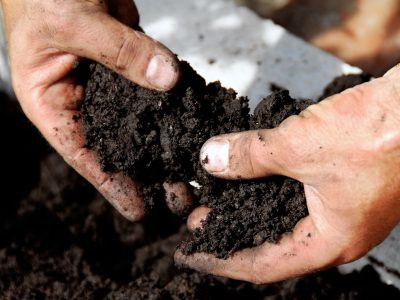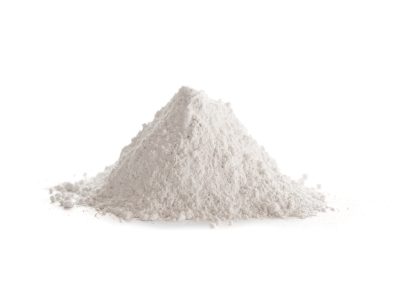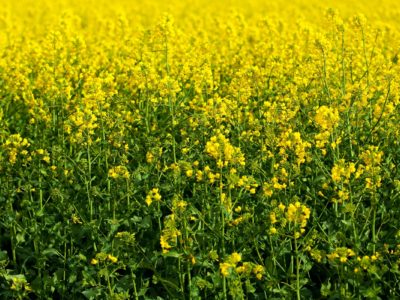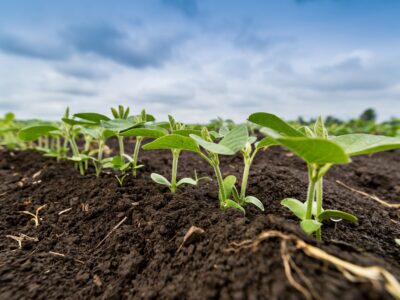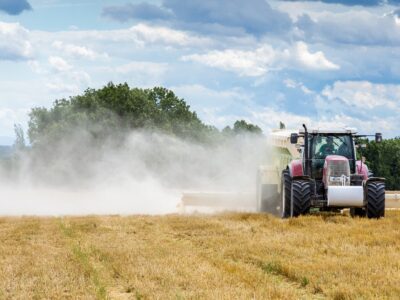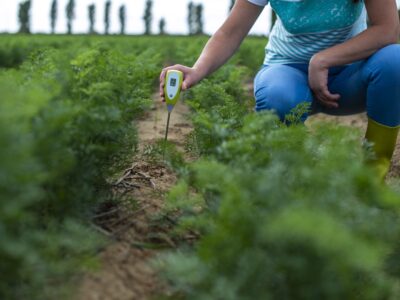Soil Carbon Sequestration – An Approach to Mitigate Climate Change
Carbon dioxide is the primary greenhouse gas. The concentration of atmospheric carbon dioxide has increased in recent years, causing a stronger greenhouse... Read More
Soil fertility and how to manage it
Soil fertility is vital for plant growth and productivity, and it must be managed for sustainable agriculture. In this article, we will... Read More
Using gypsum as a soil amendment
What is gypsum? Gypsum is a naturally occurring di-hydrated calcium sulfate mineral, chemically represented as CaSO4.2H2O. This mineral dissolves in water and... Read More
How to choose the best cover crop
Cover crops play a significant role in the farmer’s field. Typically, cover crops are planted between harvests or for winter protection. They... Read More
What is Carbon Farming?
Climate change is a major global challenge that requires urgent action to mitigate its negative impacts. One way in which individuals and... Read More
Nitrogen fixation by legumes
Legume crops provide an important source of protein, carbohydrates and oils for humans and animals. One of their unique features is their... Read More
Aluminum toxicity in plants
Aluminum is a metallic element with a valency of +3. It is the third most abundant element in earth’s crust. Despite the... Read More
Understanding the units on the soil test report
Soil labs may report soil test results in different units. Often, growers may find this confusing, as their interpretation criteria they have... Read More
How to raise soil pH
Soil acidity is a major cause of reduced yields. Toxicity of micronutrients such as manganese, iron and aluminum may occur, while nutrients... Read More
Soil pH and acidity
The degree of soil acidity or alkalinity is expressed in pH units. Soil pH affects many processes in soils, including nutrient availability,... Read More




